Second World
Countries that were under the rule of the Soviet Union.
The obsolete term "second world" referred to countries that were under the rule of the Soviet Union. Here, the economies were centrally-planned and one-party regimes.
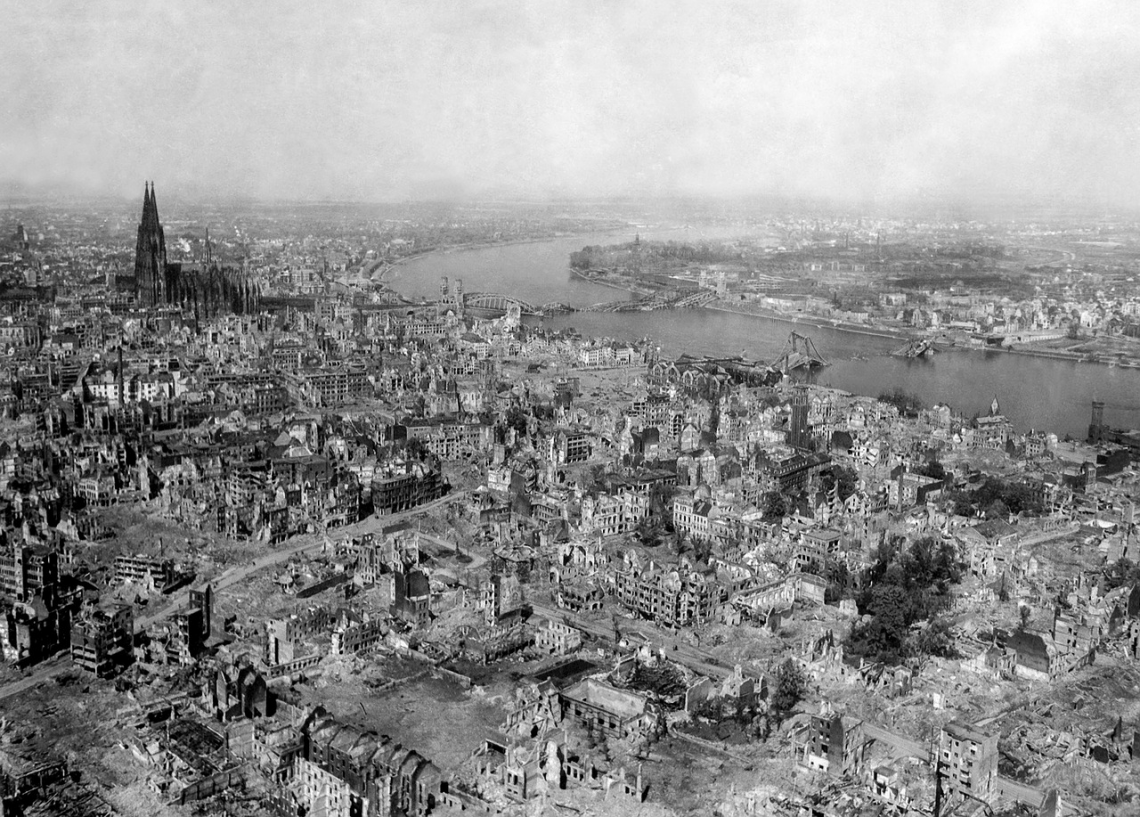
Notably, the term refers to the Soviet Union that went out of favor in the early 1990s, just after the Cold War ended.
However, the phrase has also been applied to countries more secure and industrialized than the derogatory label "third-world" countries but less secure and developed than first-world countries.
By this classification, practically all Latin and South America, Thailand, Turkey, South Africa, and many others are considered second-world nations.
Investors frequently refer to these countries that look to be on their way to becoming first-world countries as "emerging markets." The phrase emerged during the Cold War and was used to identify nations that allied with the Warsaw Pact.
The Warsaw Pact was founded in 1955 in reaction to the United States and its allies' formation of the North Atlantic Treaty Organization (NATO) in 1949 — NATO member nations and those affiliated with the faction were classed as "First World."
The nations of the Warsaw Pact comprised the Soviet Union, Hungary, Romania, Poland, Albania, East Germany, Czechoslovakia, and Bulgaria.
Warsaw Pact
The Warsaw Pact was a pact of collective defense signed by the Soviet Union and seven other Soviet satellite republics in Central and Eastern Europe.

The Warsaw Pact, formally known as the Treaty of Friendship, Cooperation, and Mutual Assistance, was established on May 14, 1955, immediately following West Germany's entrance to the Alliance.
It supplemented the Council for Mutual Economic Assistance, established in January 1949 by the Soviet Union for the communist governments of Central and Eastern Europe.
The Warsaw Pact represented the Eastern bloc, whereas NATO and its allied nations represented the Western bloc.
NATO and the Warsaw Pact were opposed and developed their defenses over time, sparking an arms race that lasted for the duration of the Cold War.
The Warsaw Pact ended on February 25, 1991, and Czechoslovakian President Vaclav Havel publicly declared it dissolved on July 1, 1991. Along with other measures, Gorbachev's policy of openness (Glasnost) and reform (Perestroika) paved the stage for popular upheavals.
In November 1989, the Berlin Wall collapsed, and communist governments in Poland, Hungary, Czechoslovakia, East Germany, Romania, and Bulgaria began to crumble.
The Soviet Union's dissolution quickly followed the Warsaw Pact's breakdown in December 1991.
Understanding the second world
According to the first definition, it includes, among others, Bulgaria, China, the Czech Republic, Poland, Hungary, Romania, Poland, and Russia.
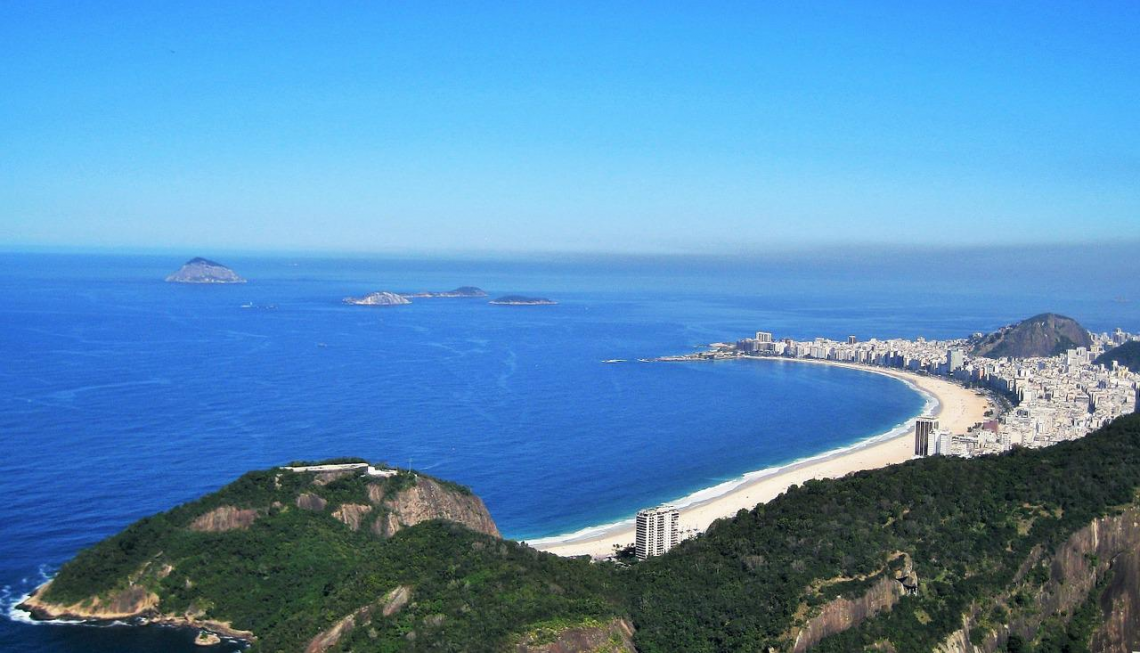
According to geo-strategist and London School of Economics doctoral student Parag Khanna, there are around 100 nations that are neither first world (OECD) nor third world (least-developed, or LDC).
Khanna underlines that a combination of two different worlds' qualities can coexist within the same nation.
For example, a country's big urban centers may have first-world features, whereas its rural sections may exhibit third-world ones. For example, China's riches are prominent in Shanghai and Beijing, though many semi-rural and rural areas are considered developing.
The second world was then amended to refer to nations that fell between the first and third worlds regarding development status and economic indices.
Essential Criteria for World Segregations
Unemployment figures, child mortality and life expectancy rates, living standards, and income distribution may all be used to define a country's status.
Even in the United States, some believe that, while the majority of the country is fully developed, many areas are stagnant in their progress, even regressing to a condition more like that of a developing country.
According to MIT economist Peter Temin, the United States has even returned to developing nation status. However, Temin argues that about 80% of the US population works in a low-wage sector burdened by debt and has limited growth opportunities.
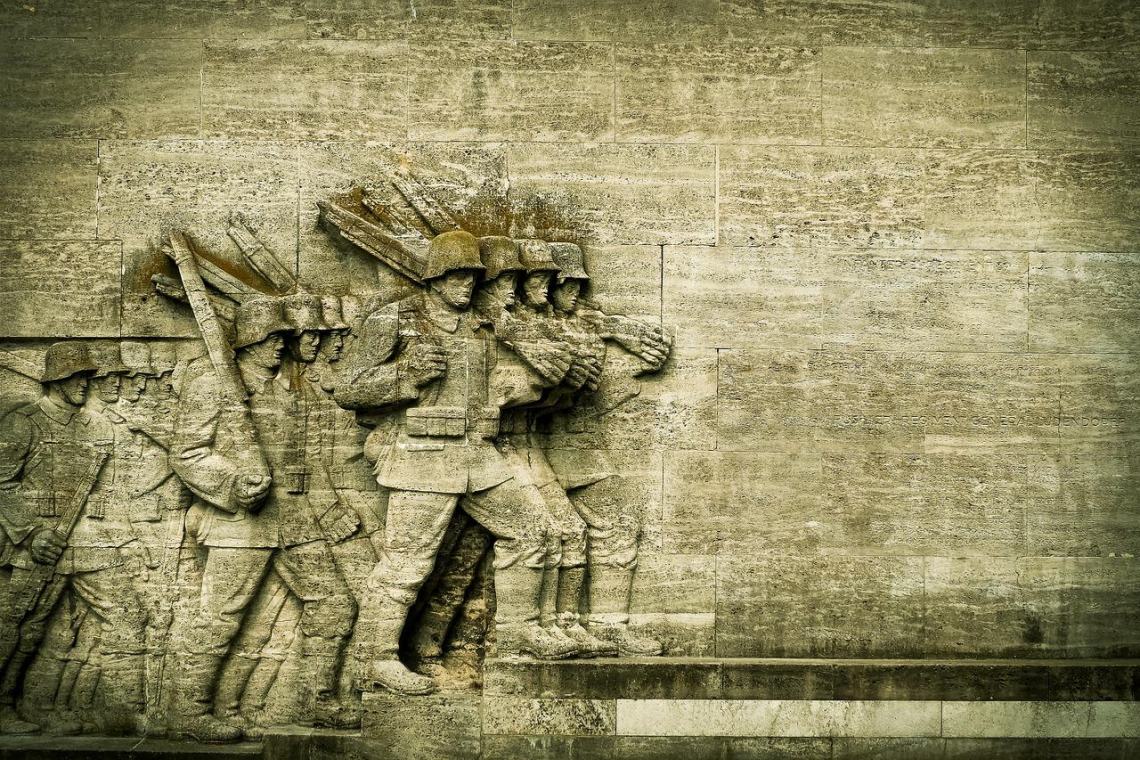
Classification based on income distribution
The income distribution is based on the Atlas technique, which calculates national income per person, or Gross National Product per capita.
The inaugural World Development Report in 1978 featured classifications of "low-income" and "middle-income" nations, with a $250 per capita income barrier separating the groups.
The "medium-income group" was divided into "lower-middle" and "upper-middle" categories in the 1983 WDR, and a "high-income" nation definition was added in 1989.
Since then, the levels used to differentiate between income categories have been changed to account for price changes over time. As of July 1, 2019, low-income economies have a GNP per capita of $1,025 or less in 2018, calculated using the World Bank Atlas method.
Lower middle-income economies are those with a GNP per capita between $1,026 and $3,995; middle-upper economies are those with a GNP between $3,996 and $12,375, and high-income economies are those with a GNP per capita of $12,376 or more.
The original second-world countries
The original phrase refers to the ex-communist, industrial republics, and the Union of Soviet Socialist Republics' territory and sphere of influence (Soviet Union).

The primary component of the USSR was what is now Russia, with Moscow and Russia serving as the Soviet Union's capital.
Communist Yugoslavia was the only country in Eastern Europe that was not allied with the Soviet Union.
The Soviet Union was created in 1922 and dissolved entirely in 1991. Throughout its existence, the Soviet Union was the most prominent and essential communist nation.
Western democracies agreed to classify the Soviet Union and other communist countries as Second World countries at the time. In other words, the original designation for a country had a more geopolitical ring.
| Country | Formerly part of | Region |
|---|---|---|
| Albania | Southern Europe | |
| Armenia | Soviet Union | Western Asia |
| Azerbaijan | Soviet Union | Western Asia |
| Belarus | Soviet Union | Eastern Europe |
| Bosnia and Herzegovina | Yugoslavia | Southern Europe |
| Bulgaria | Eastern Europe | |
| Croatia | Yugoslavia | Southern Europe |
| Czech Republic | Czechoslovakia | Eastern Europe |
| Estonia | annexed by the Soviet Union | Northern Europe |
| Georgia | Soviet Union | Western Asia |
| East Germany | Western Europe | |
| Hungary | Eastern Europe | |
| Kazakhstan | Soviet Union | South-Central Asia |
| Kyrgystan | Soviet Union | South-Central Asia |
| Latvia | annexed by the Soviet Union | Northern Europe |
| Lithuania | annexed by the Soviet Union | Northern Europe |
| Macedonia, Rep. of | Yugoslavia | Southern Europe |
| Moldova | Soviet Union | Eastern Europe |
| Montenegro | Yugoslavia | |
| Poland | Eastern Europe | |
| Romania | Eastern Europe | |
| Russia | Soviet Union | Northern Europe/Asia |
| Serbia | Yugoslavia | Southern Europe |
| Slovakia | Czechoslovakia | Eastern Europe |
| Slovenia | Yugoslavia | Southern Europe |
| Tajikistan | Soviet Union | South-Central Asia |
| Turkmenistan | Soviet Union | South-Central Asia |
| Ukraine | Soviet Union | Eastern Europe |
| Uzbekistan | Soviet Union | South-Central Asia |
Key Points
- Albania broke away from Soviet hegemony in the 1960s and allied with China.
- The Soviet Union's violent annexation of Estonia, Latvia, and Lithuania in 1940 were considered unlawful by the US and other Western European democracies. The three republics were de jure, not recognized components of the Soviet Union.
- Most states are no longer communist, having disintegrated or destroyed their communist regimes just as the Soviet Union, their primary benefactor (or oppressor), fell. The only countries that are still communist are China, North Korea, Vietnam, Laos, and Cuba.
Classification of the world
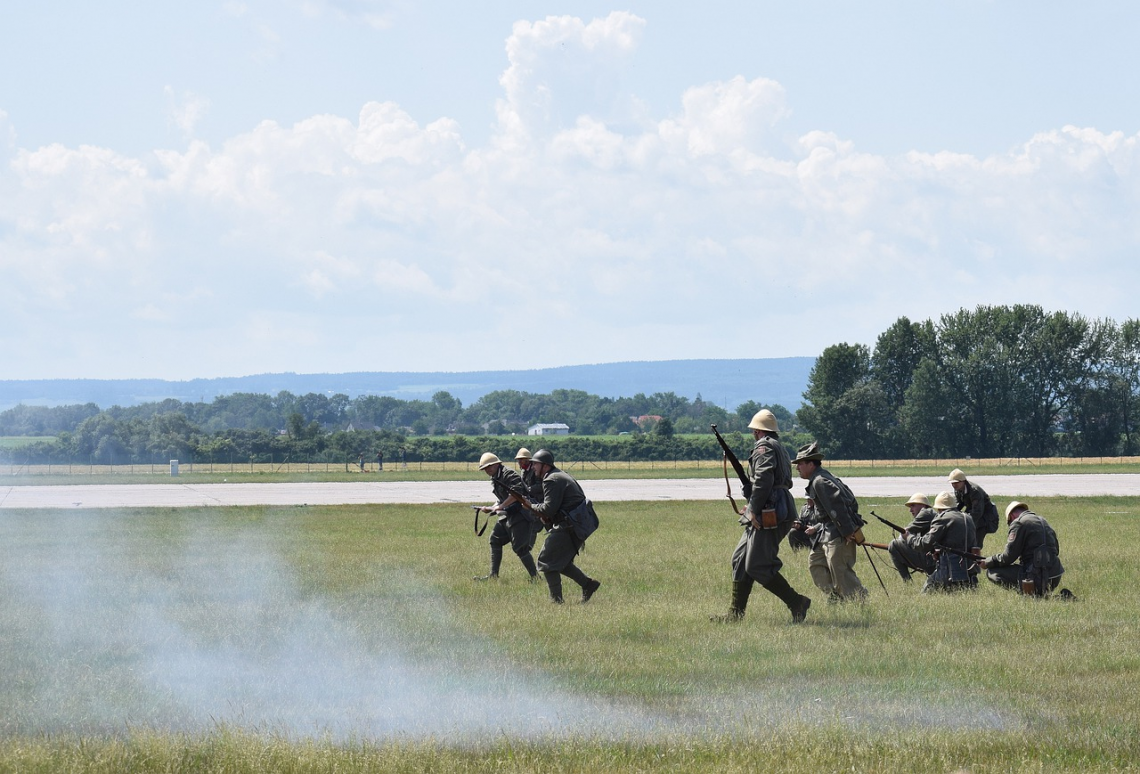
Following the events of World War II, the globe was divided into two enormous geopolitical blocs and areas of influence, each with opposing perspectives on governance and politically correct society:
1. The "First World" is a grouping of democratic-industrial countries inside the area of American influence.
2. The "Second World," or the Eastern bloc of communist-socialist republics.
3. The remaining three-quarters of the world's population, states that were not affiliated with either bloc, were referred to as the "Third World."
4. "Fourth World," created in the early 1970s by Shuswap Chief George Manuel, refers to indigenous peoples, "First Nations," who live within or across national state lines.
First World
The phrase "First World" refers to so-called developed, capitalist, industrial countries, approximately a bloc of countries associated with the US after World War II, with more or less similar economic and political interests.
Countries like Canada, Western Europe, Japan, and Australia are part of the First World.
Second World
The term refers to the former communist-socialist industrial states (previously the Eastern bloc, the area and sphere of influence of the Union of Soviet Socialist Republics) that exist today: Russia, Eastern Europe, certain Turk republics, and China.
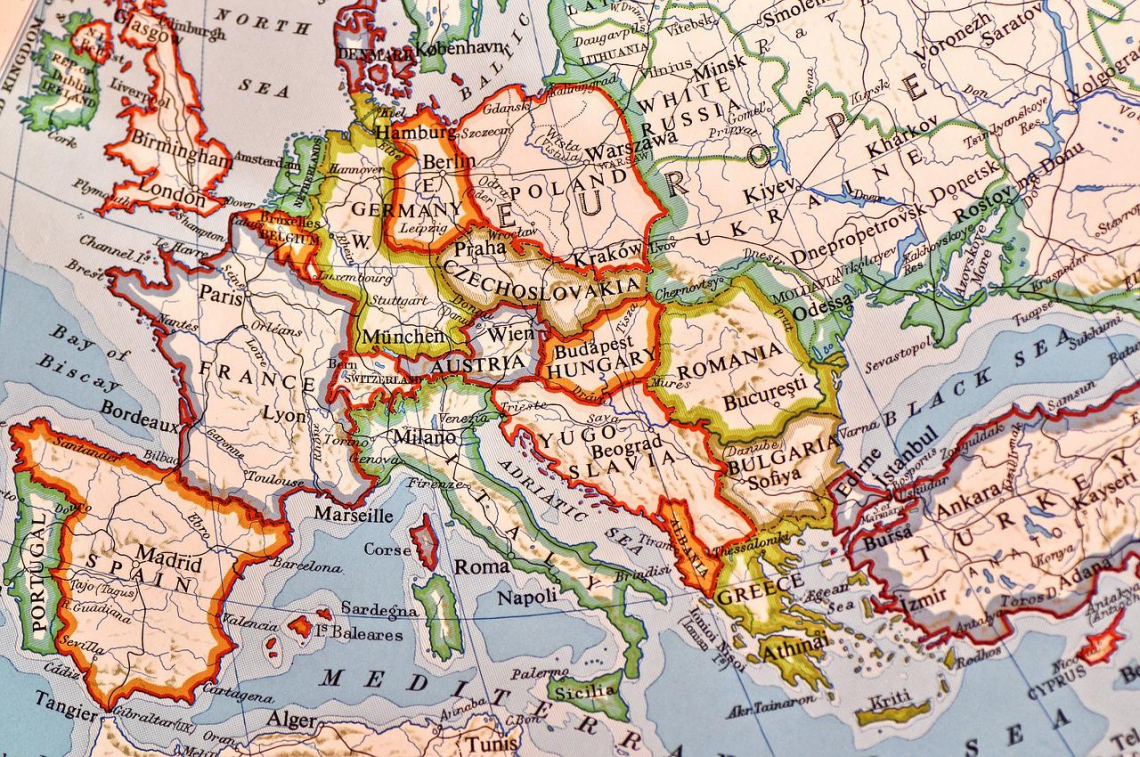
Third World
The term "Third World" refers to all other nations and is commonly used to refer to the developing countries of Asia, Africa, and Latin America.
The phrase Third World encompasses both capitalist (e.g., Venezuela) and communist (e.g., North Korea) countries, as well as wealthy (e.g., Saudi Arabia) and extremely impoverished (e.g., Mali) countries.
Fourth World
The phrase "Fourth World" first appeared in print in 1974, with the release of Shuswap Chief George Manuel's The Fourth World: An Indian Reality.
The word refers to indigenous peoples' countries (cultural groupings, ethnic groups) existing within or outside state lines (nation-states).
Origin
The countries of the First, Second and Third Worlds result from the Three-World model, which divides the world's countries into three categories.
This classification of nations was initially based on political ideology affiliation, with First World countries designated as countries aligned with the United States and Second World countries labeled as countries affiliated with the Soviet Union.
Third-world countries did not support either the Soviet Union or the United States.
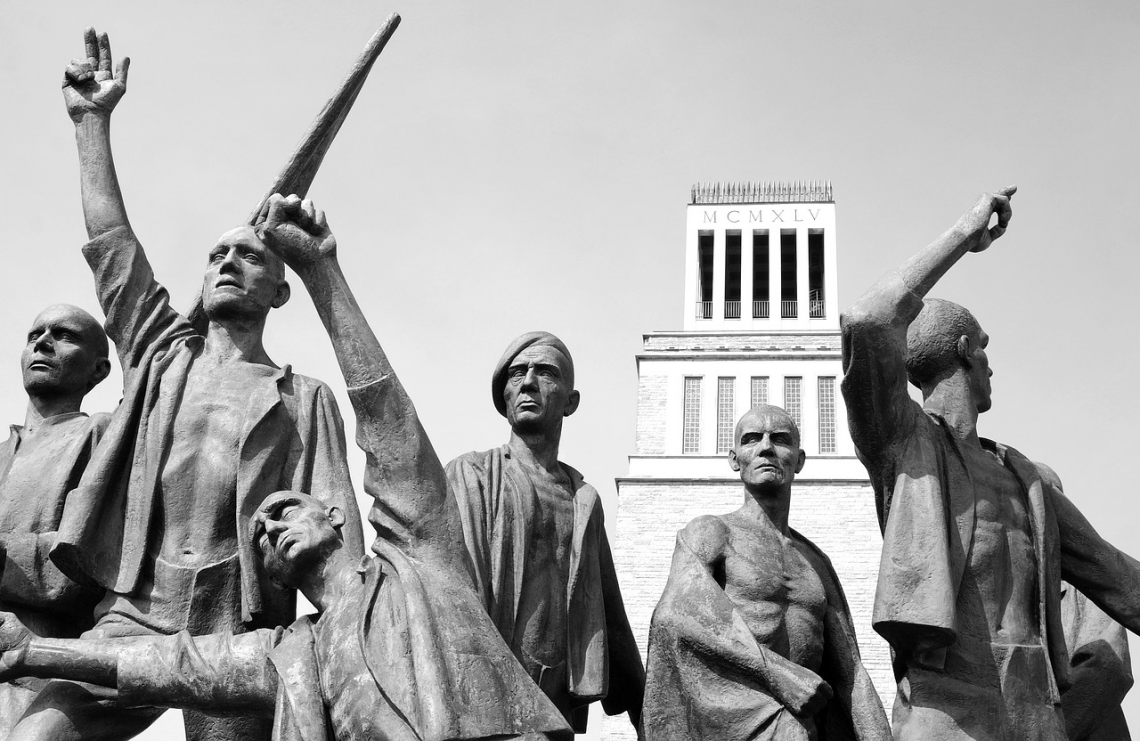
History
According to the notion, most of these countries had either a social democratic or a communist political system.
Germany was remarkable for its division into two halves, with East Germany designated as a Second World Country and West Germany designated as a First World Country.
The nation's capital, Berlin, was divided by a fortified wall erected through it to separate the two countries. The Soviet Union was at the center of World War II and impacted international politics among member countries.
As demonstrated in the Molotov Plan in the 1940s, the Soviet Union offered help to its ally nations as an alternative to American aid and aided other countries.
The second world concept after the Cold War
This concept was judged obsolete with the fall of the Eastern Bloc in the late twentieth century, as the collapse also heralded the end of the Cold War.
While the concept is still used (albeit infrequently), it is only used to characterize former communist nations with emerging economies. It is utilized from an economic standpoint, not as a political doctrine.
FAQs

The First World comprises the United States, Western Europe, and their allies. On the other hand, the so-called Communist Bloc dominated the Second World: the Soviet Union, China, Cuba, and its allies.
The nations that did not identify with either category were assigned the Third World. The Third World has always had hazy borders.
The Fifth world comprises least developed nations characterized by extreme poverty, persistent and widespread violence (including civil war or ethnic strife), pervasive governmental corruption, and a lack of political and social stability.
Although Mexico is legally a third-world country, it is not like any others. Mexico has a flourishing economy, incredible infrastructure, and low infant mortality rates compared to the rest of the globe.
In a socioeconomic sense, the most apparent description would include newly industrialized nations such as Thailand, India, Malaysia, the Philippines, Turkey, Mexico, and Brazil.
Luxembourg is the wealthiest country in the world, with high-income levels and a low unemployment rate.




or Want to Sign up with your social account?